In Drew Foley’s 3-part series, “The Losers: Changing the Climate of Lake Forest” he explains the influence that a street gang, The Losers, had on Lake Forest more than 30 years ago.
In the wake of vandalism, battles with police and city officials, jail time, destructed city property, and outcasted youth, ideas on how to help the young and troubled youth of Lake Forest began to come about. The Losers created a laundry list of issues for the city and police to deal with. However, those problems were to draw attention to a bigger issue: the troubled and outcasted youth in the city. Luckily, the city stepped in and created something that has had a very long lasting effect on Lake Forest, CROYA (Committee Representing Our Young Adults), which still exists today.
“Founded in 1980, CROYA has become a vital youth agency for the communities of Lake Forest, Lake Bluff, and Knollwood, Illinois, which are located on the shore of Lake Michigan about thirty miles north of Chicago. Funded by tax dollars, private donations, and fundraising money, CROYA exists on a level above most youth organizations. Boasting its own facility, four full-time staff members and one part-time secretary, CROYA is hooked into every vital entity connected to the youth of the community.This includes schools, community-wide service organizations such as the Volunteer Bureau and the United Way, and community events. CROYA sponsors and co-sponsors events, coordinates participation in community service, and gets involved wherever they think CROYA’s presence and the involvement of youth would fulfill its mission. CROYA’s success and the respect it has earned from this and neighboring communities has been achieved through the vision and dedication of many people over the years. As CROYA’s director, Kamy Daddono, puts it, “CROYA has the pulse of the kids of this community.”
This excerpt was taken from the “History of CROYA section in Empowering Teens, a book written about the beginning and current activities of CROYA. If you are an LFHS student, it is unavoidable to at least recognize the existence of CROYA in our community. Like the aforementioned quote detailed, they host events–such as Battle of the Bands, weekly meetings, or many other community outreach programs–and facilitate a sense of unity for the youth in the community.
While this excerpt describes what CROYA is as well as what they do, it does not mention why it was started. Located at the very first page of the book is a small section that acknowledges who the book was dedicated to. This section mentions the people to thank for the beginning of CROYA, which includes the author’s family and friends. Nonetheless, right below a small thank you to her loved ones is a thank you to The Losers, which states, “In memory of my brother Bill, and equally to my brother John. Their participation in the “Losers” gang was in part the impetus for our communities to accept and embrace adversity.” In addition to this dedication, the book mentions its beginning, stating, “CROYA began in the mid-1970’s in a community hit hard by problems with its youth: several teen suicides, drug and alcohol abuse, a teen gang called ‘The Losers,’ and vandalism.”
Not only did The Losers play a vital role in the creation one of Lake Forest’s biggest and most important establishments, they changed the way youth were viewed and accepted in Lake Forest. Through their “hippie” appearance and outspoken nature about the way they were treated, they helped the people of Lake Forest embrace troubled youth and view them as people who needed to be included. The Losers will forever have a resonating impact on Lake Forest.
Though most, if not all of their behavior was labeled as negative, they taught everyone something in the process. Sometimes showing your community that is in need of something by facilitating small problems can bring awareness to an issue and, in turn, solve a larger problem. Most people who remember the existence of The Losers may not bestow them with kindness and appreciation, but it is undeniable that their involvement as outspoken people in this community led to a civic change that is longstanding and impactful.
Very few people would refer to CROYA as anything but helpful to the city’s youth, but its humble beginnings as an intervention to the turmoil in the community catalyzed by The Losers is something that was previously unknown by most current residents of Lake Forest, including those heavily involved in CROYA today.

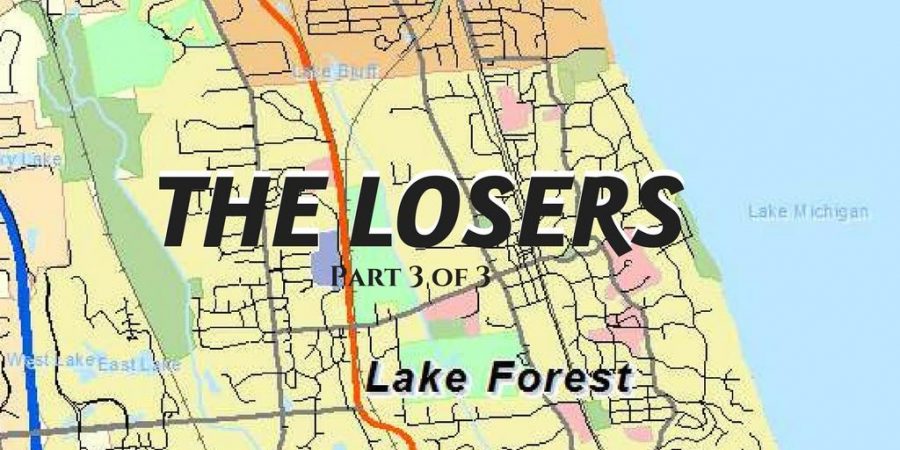
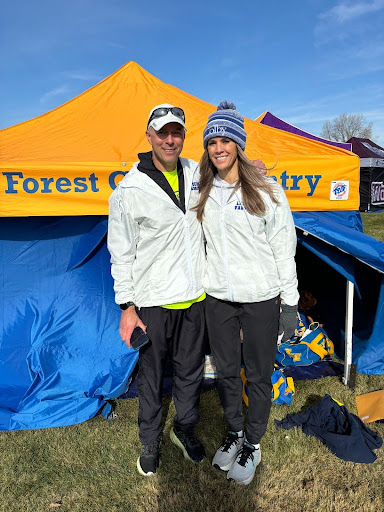



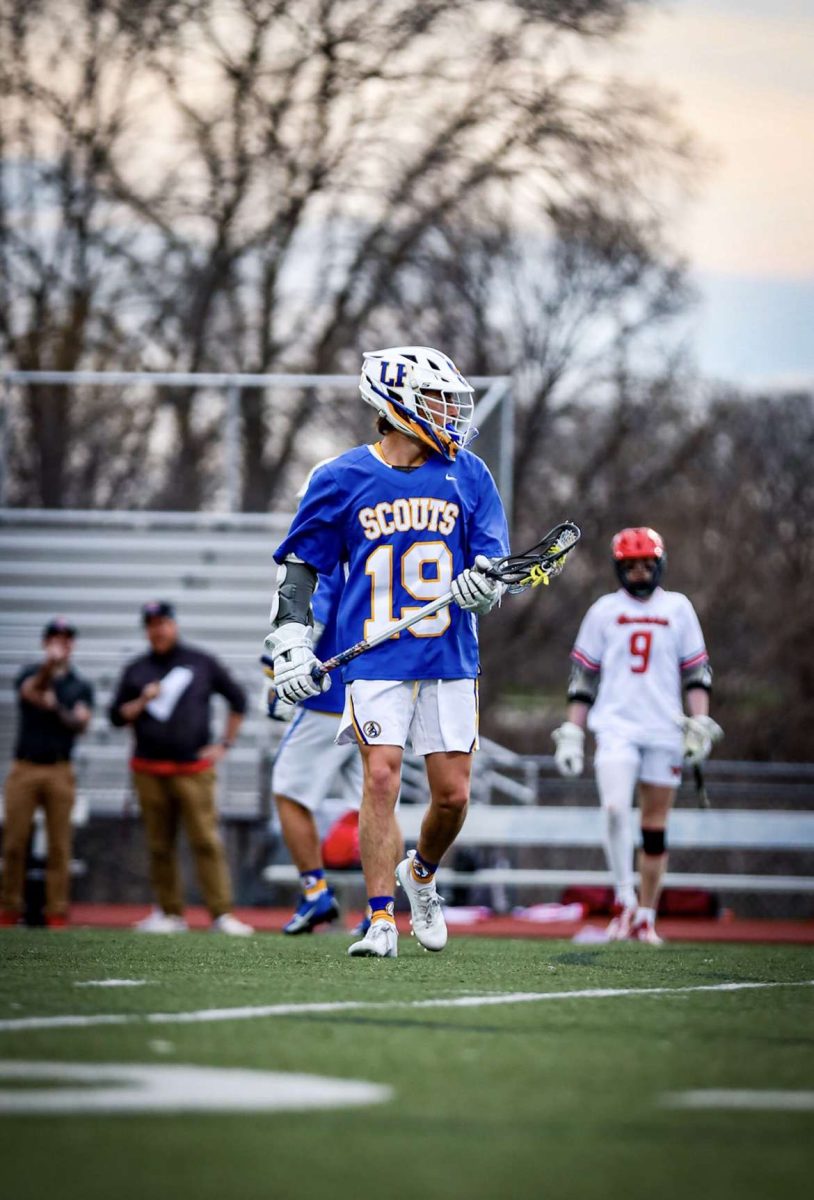


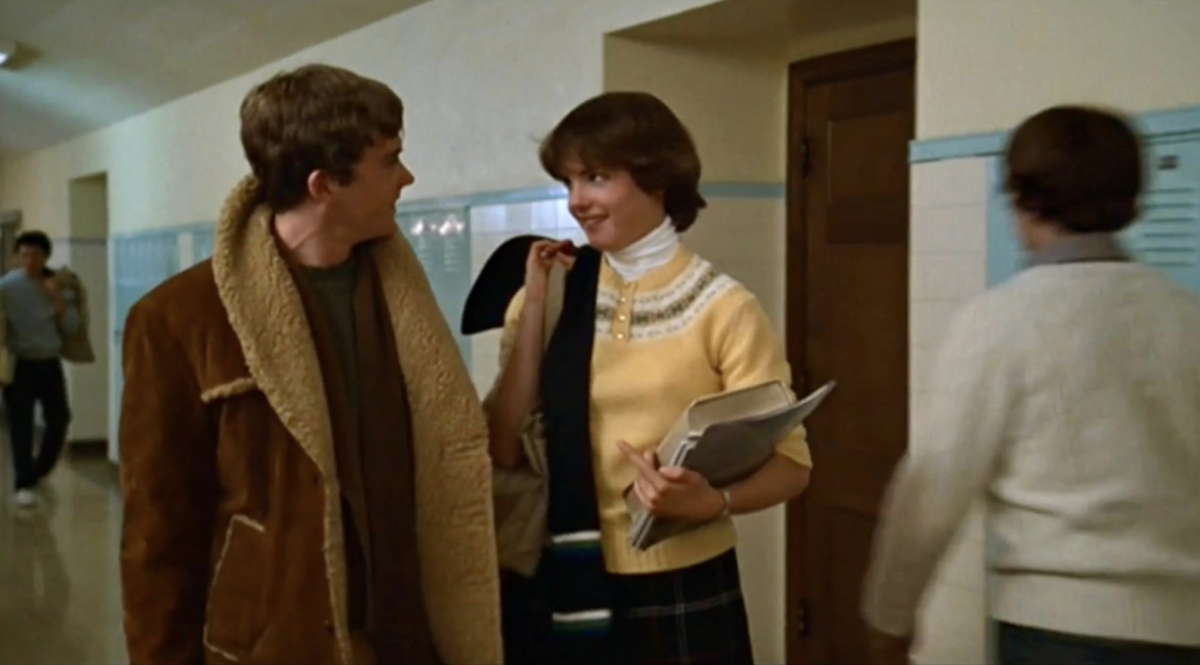
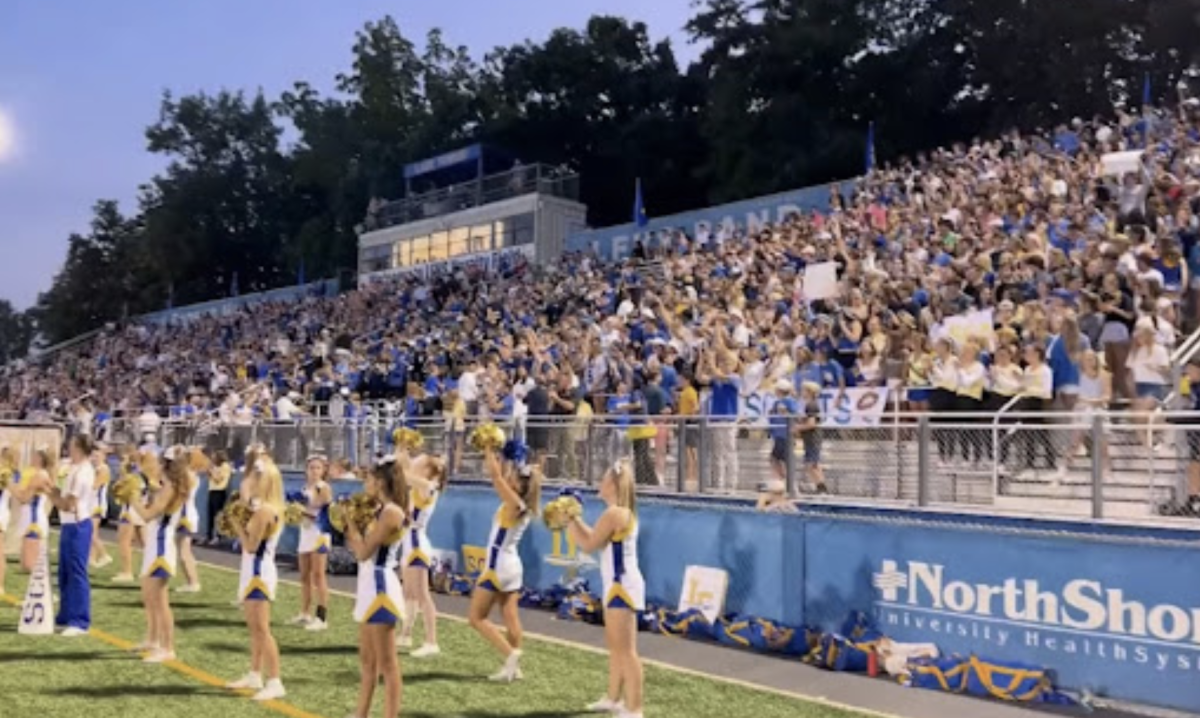


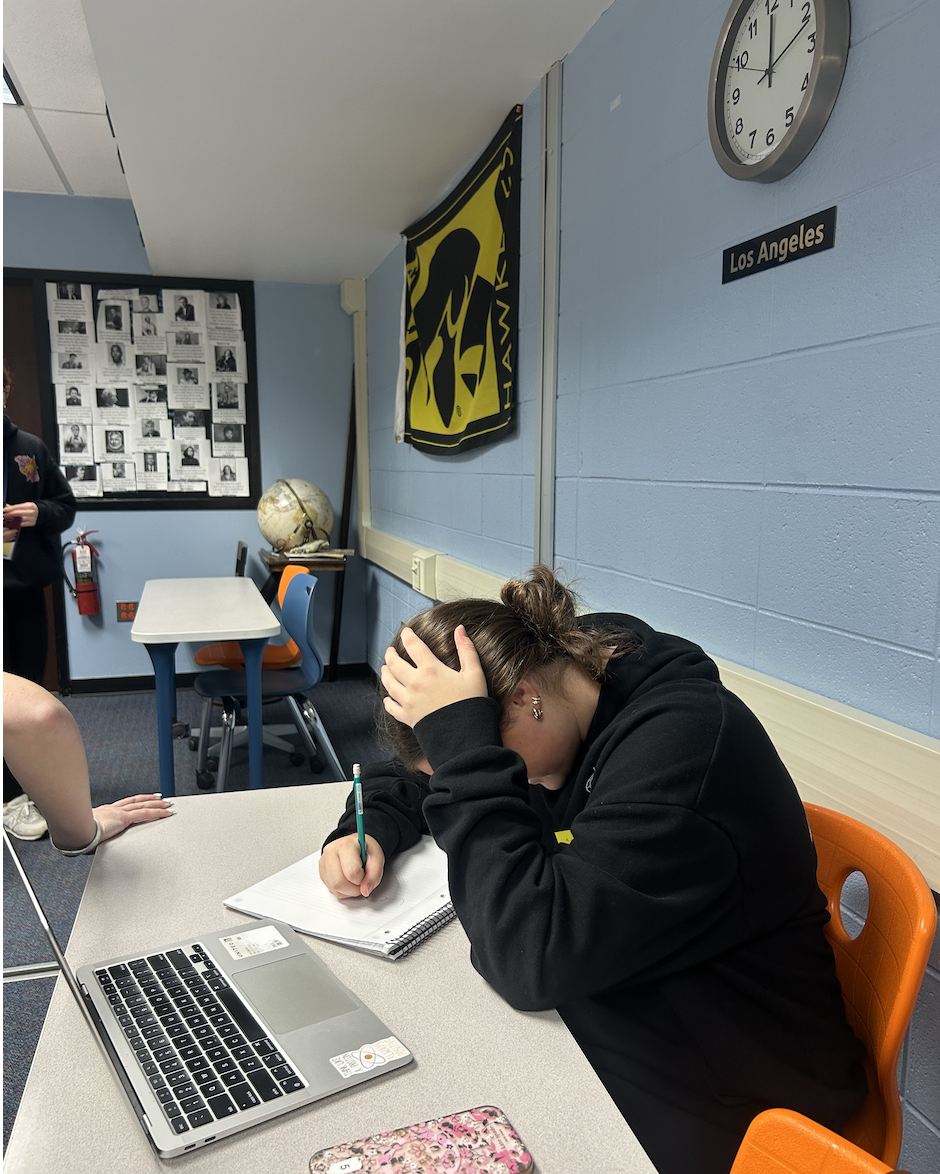
Vincent Gallagher • Aug 3, 2020 at 10:23 am
Karen J. Those guys either blew-up or attempted to blow-up Kleck’s car and Chief Gilbert’s car? With dynamite they found at a construction site in Colorado, during a ski trip? The FBI investigated?
Biff Thiele • May 23, 2017 at 4:15 pm
Wow. Difficult topic and you mastered it, Drew. I know you took your share of criticism and ridicule, for ever stepping into this controversial issue. But, you knocked it out of the park.
The important thing to remember is not the accusations and rhetoric, but, the outcome. CROYA is an important upgrade to the community and continues to address youth in a very positive and fulfilling manner. In fact, CROYA is now a model for many communities, way beyond this small suburban region. I believe, with all my heart, that had CROYA existed in the early 70s, the Losers never would have evolved.
As we look at all the issues across the country and, in fact, the world, we see communities taking hard line approaches to addressing, not only gangs, but many forms of disconnect. I firmly believe that inclusion, rather than exclusion, is always the best solution to social issues. CROYA is living proof of that. And you, sir, should be proud of this series.
karen joor • Mar 22, 2018 at 8:21 pm
Biff-
This from the guy who tried to blow up Principal Kleck’s car?
Biff Thiele • Mar 23, 2018 at 9:28 am
Hi Karen. I had nothing to do with Kleck, you know, right?